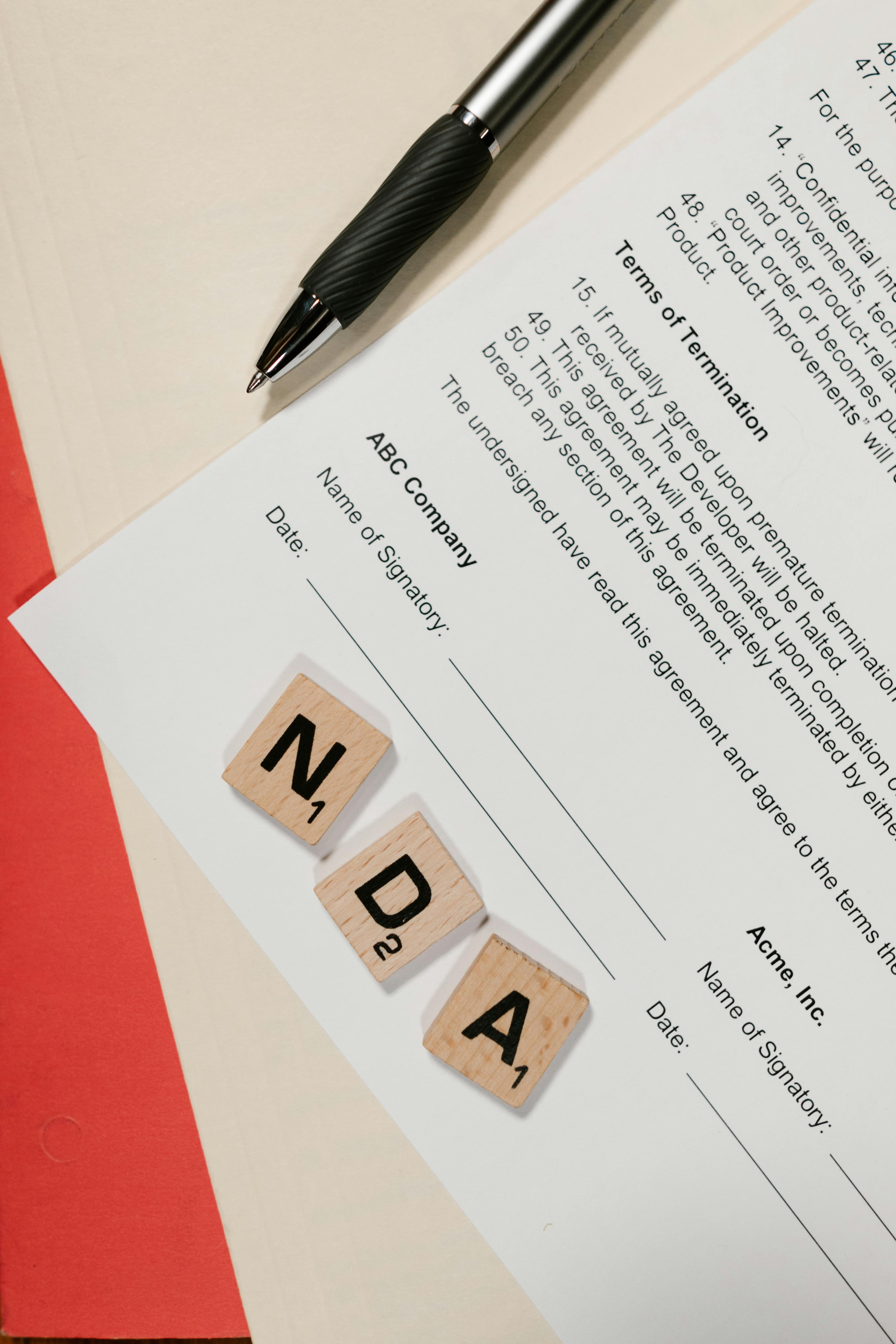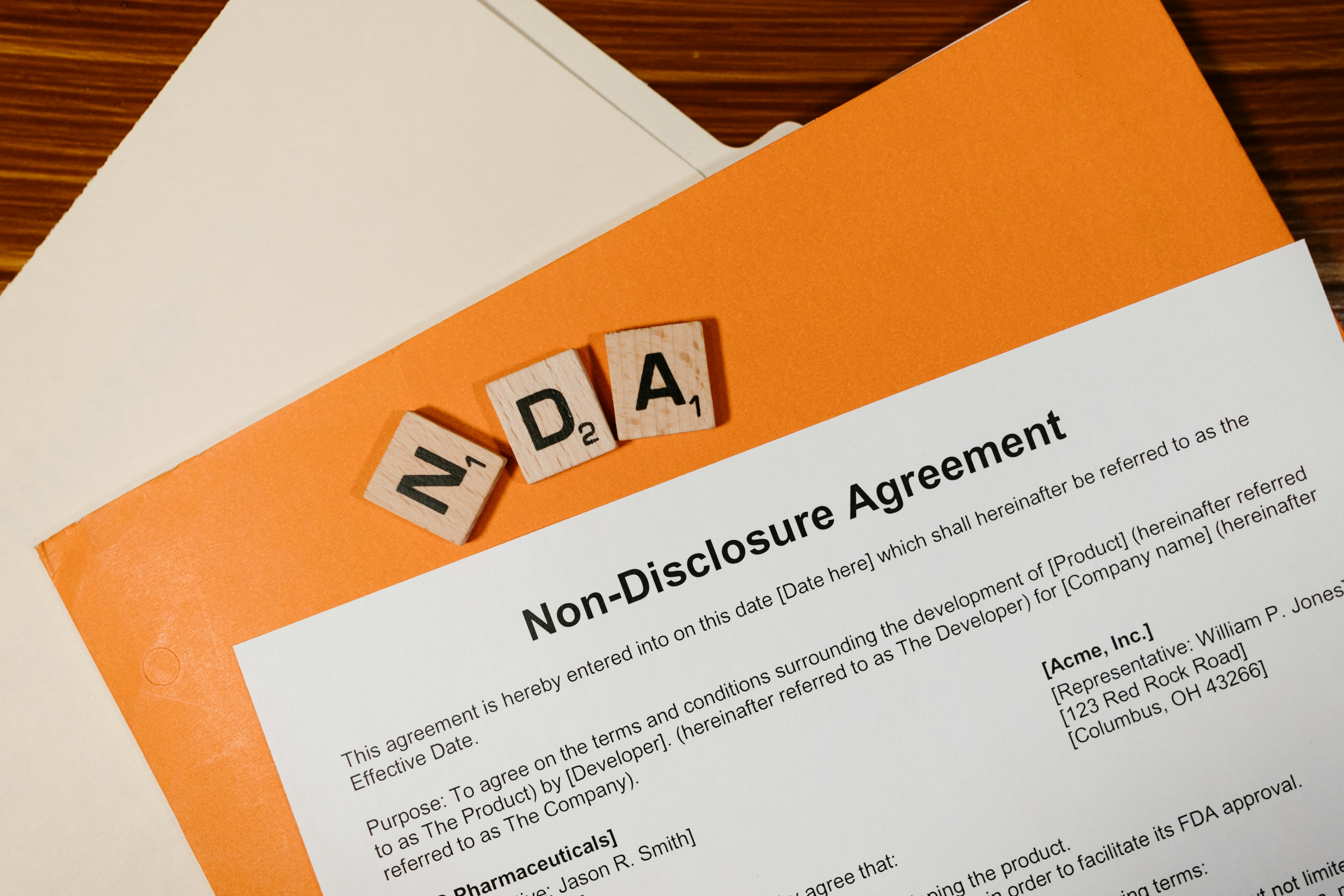A Memorandum of Understanding (MOU) document sets out the preliminary terms of a commercial transaction agreed by the parties in the course of negotiations. This is often used to ensure both parties are on the same page as regards the major aspects of the transaction and prevent misunderstandings. It is also known as a head of term agreement, letter of intent or head of agreement.
It can be used in a variety of transactions, such as for mergers and acquisitions, private equity transactions, agreements with suppliers etc.
Key elements
- Names of the parties; including contact numbers, companies involved etc
- Purpose of the agreement; goals and intentions of the parties; state if parties intend for the MoU to not be legally binding and is subject to a final agreement
- Responsibilities and roles of the parties; the framework of the negotiations, e.g. stages of negotiation and meeting times
- Details of the project; other parties involved, deadlines, a summary of the transaction, key issues
- Duration of the agreement; state the beginning and end date of the MoU, details of termination, notice periods
- Non-disclosure, confidentiality clauses
Why is it important?
Having a mutual agreement on the major aspects of the deal prevents the likelihood of any misunderstandings and allows for effective communication.
Thus, MOU is particularly important if you are negotiating a complex deal or are engaged in a matter for a long period of time as it will further reduce disagreements when drafting the final contract.
When do you need it?
They are used in the beginning stages of negotiations, to agree upon preliminary terms before detailed formal and binding agreements are made. Parties can enter into more than one MOU during negotiations, especially if they are lengthy.
Main reasons why people use an MoU:
- To have a written confirmation and record of the main agreed objectives and terms in a transaction before entering into a legally binding contract
- To show a strong intention to achieve the common goals established and to follow the deal through in the future
- To outline obligations and time frame for a deal during the early stages of negotiations
- To create a framework of the deal, including preliminary clauses and the scope of the deal
- To present the document as proof of incoming business transactions to potential investors
What happens after MoU is signed?
Afterwards, the MoU will be referenced by the parties involved during negotiations and if the mutual intention is still present, the next stage is to draft the final agreement to formalise the transaction. Basically, it will be used as a basis for the formal contract.
Is it legally binding?
No, MoUs are not legally binding as they merely show the intention of the parties to enter into a formal contract. They serve the purpose of defining the purpose and responsibilities of the parties.
Even though an MOU is not legally binding, it may still contain certain binding provisions, such as confidentiality, applicable law, exclusivity, non-solicitation or good faith negotiations, which the parties will have to abide by.
Also, before entering into an MoU, you must state there is no intention for the MoU to be legally binding. Or else, the business may risk the court finding the MoU to be a provisional agreement that is binding on the parties.
Here are some Pros and Cons of using the MOU:
| Pros | Cons |
|---|---|
| Represents a strong intent to enter into a commercial agreement between the parties, resulting in a moral obligation going forward | Not legally binding and does not enforce obligations on the parties |
| Outlines the agreed essential terms of a contract or agreement and allows for a foundation to negotiate further details later | Cannot be relied on for contractual protection and so the deal is not truly agreed on. Thus, the Head of Terms document may not reflect the final terms accurately. |
| There is more flexibility to change the terms in the future after initial negotiations as no legal commitments are required | It may not be time or financially effective to spend time creating this document to then end up negotiating the final agreement again |
| In complex transactions, creating the document will clarify the main issues or confusions early on, which is more efficient | If the business transaction is simple, then it won't be as necessary, given the time and money that goes into producing the document |
Key takeaways
- An MOU is written in the early stages of negotiation, to outline essential agreed terms, providing a framework and goodwill for future negotiations
- Generally, MOUs are not legally binding
- It is most advantageous for complex and long negotiations, to clarify any issues before the final agreement is drafted







